Humans love to repeat their history. Seriously—empires have risen and fallen in the same ways for ostensibly the same reasons time and time again. The historians I know are always shaking their heads. There’s almost nothing unbelievable happening today that hasn’t already happened.
Why do we insist on innovating to solve problems in the same, old, ineffective, unsustainable ways? Are we doomed to never learn our lessons?
I’d like to think not, otherwise, what’s the point? So, I’m here to do my part and get you on the path toward true, lasting change. The best place to start is at the beginning of your planning process. As an innovator and entrepreneur, it’s crucial you focus as much attention on the frontend as you do the result (I know, I know, you have a lot of energy and just want to get it done. Trust me when I say, the collective “we” have done that before, and we know it will crash and burn.)
Last time, I shared my view on the importance of sustainable development for all innovation moving forward. Now, the question is…
How do we make it happen?
Solutions vary from problem to problem, but a few primary principles remain static:
- Evaluate how “it’s always been done” for what works and what doesn’t
- Stop doing what doesn’t work
- Only keep what works if it aids innovation (in other words, don’t get so stuck on a process or resource you can’t see past it)
- Bake sustainability into your plans
Most projects start with a goal in mind, and hopefully one that solves a well-researched problem. The key to ensuring a sustainable solution is to be purposeful in your goal-setting. Find the balance between “lofty” and “practical.”
Here are my tips for sustainable goal-setting:
1. Anticipate the future.
This one is a “do the best you can with what we know” scenario. When considering the impact of your business model on stakeholders, the economy, the environment, and community, there are always projections to review. If you do some research and you talk to some people, it should be relatively simple to see which way things like poverty and affluence are trending in your target market. And you’ll definitely be able to find environmental impact data. If your product or solution requires a non-renewable resource or you plan to sell to a market where inequality is fast becoming an issue, it’s time to go back to the drawing board.
2. Keep your goals focused and simple.
No doubt, if you’re a social entrepreneur like me, you want to solve all the problems at once. It’s tough to see people dying for lack of water and illiterate children and not want to save the day. However, no one solution can solve everything. Be focused and purposeful with your goals.
For example, my SMAART™ Health Initiative aims to solve one problem: access to preventative medical knowledge for the impoverished. While there are many other benefits, like providing women in urban slums with a small business opportunity to run the PHIK machines from their homes, it is not the primary goal. By staying focused and simple with your plans, you’re much more likely to hit your target.
3. Balance social, economic, and environmental needs.
While your focus should be narrow, your solution should be multidimensional. If you’re tackling a social problem, you may think you only need to focus on social needs. But, if the irrigation system you invent to help rural villages access water is too expensive for the citizens or local government to maintain, you’ve created another problem.
Let’s say the line falls into disrepair and springs a leak, draining the aquifer it pulls from too quickly. Now, there’s an unforeseen environmental impact. This is not a “say sorry later” problem. This is a “you are a poor planner and short-sighted innovator” problem. Take all factors into consideration to ensure you’re solving one problem and not creating several more.
To me, sustainable development is non-negotiable.
Continuing on our current path only leads to destruction, by every important measure. The point of being an innovator is to create, not destroy.
Join me in this better approach to community solutions, and stop doing things the same old way.
This process can feel overwhelming, which is why I’ve created a free 6-step guide to help break it all down and get you started. With this tool, you can begin making your idea real. Just click the Subscribe button, fill out the form, and it will automagically appear in your inbox.

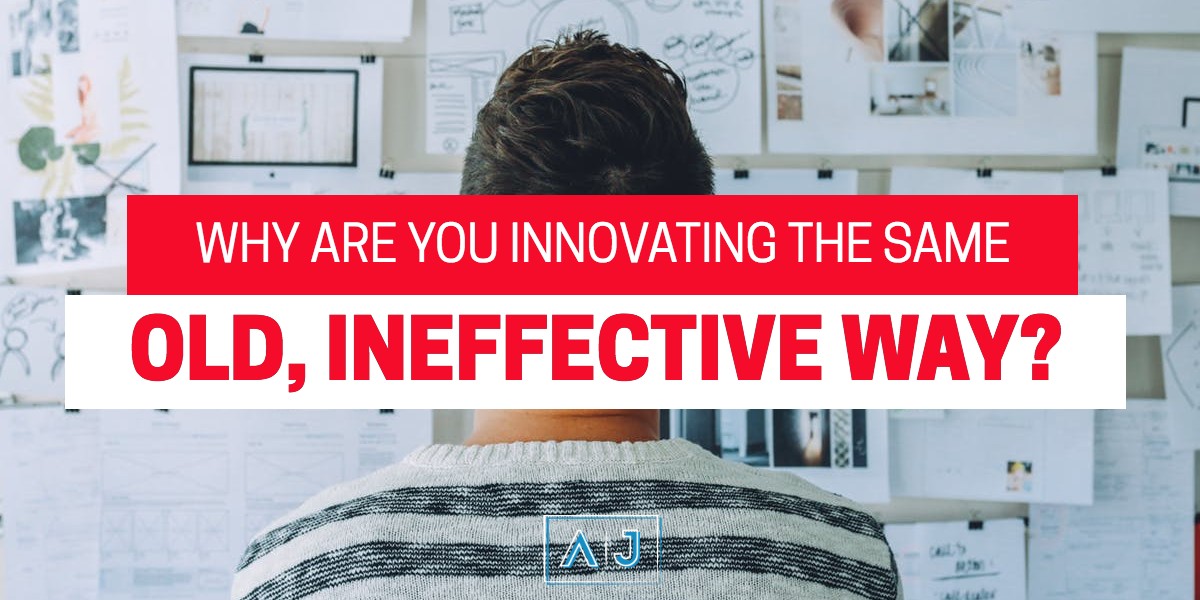






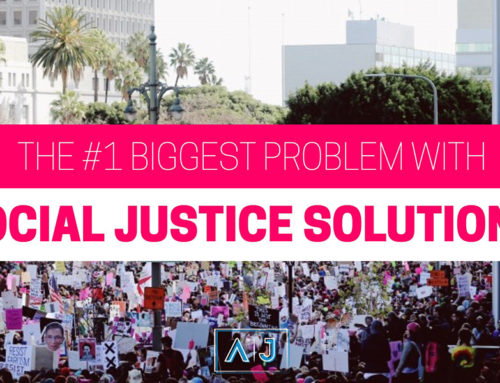
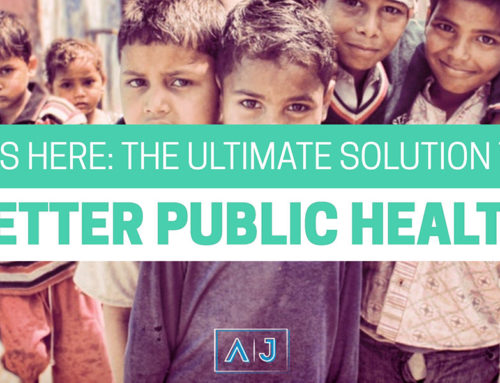
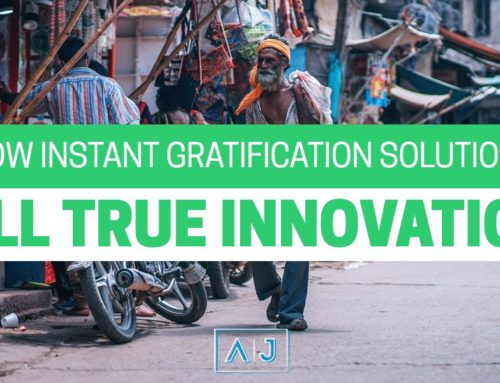
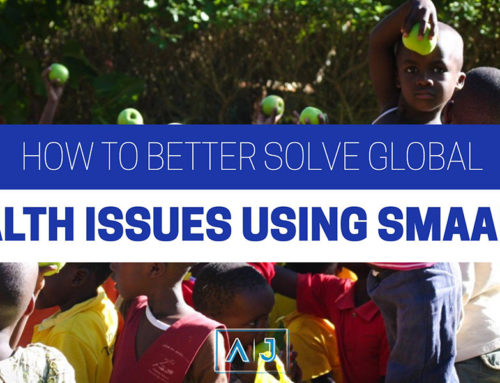
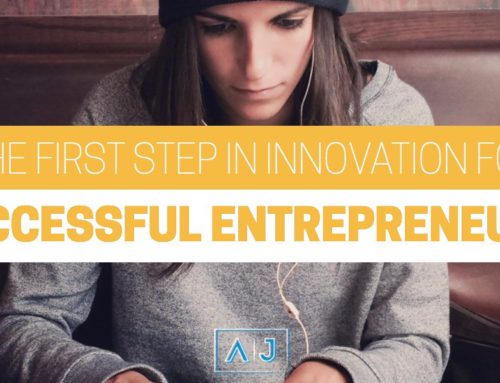
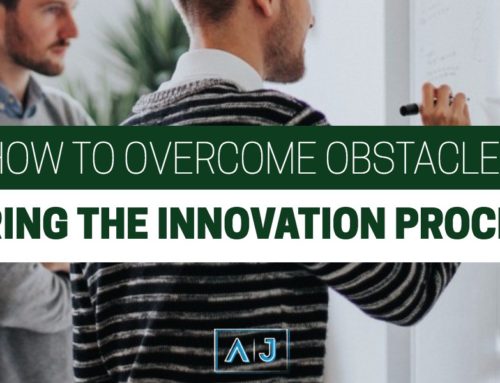




Leave A Comment Cancel reply